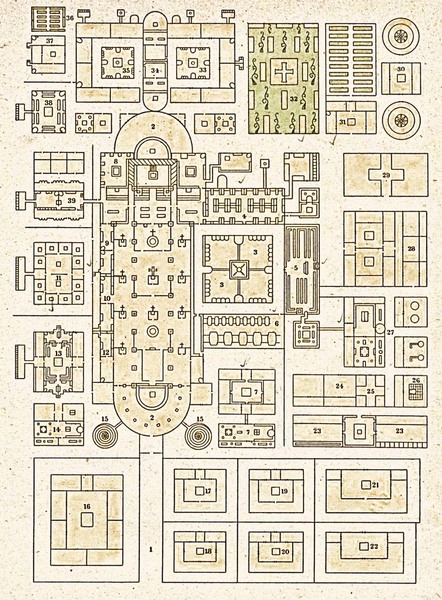Columbanus and the Creation of Modern Europe

Columbanus and the Creation of Modern Europe
From the conversion of Britain the spirit of Iona was carried by monks on what is called variously the Gaelic, Celtic or Hiberno Scottish Mission to the Continent with extraordinary and far-reaching consequences that carry down in clear line to our present age.
Of the thousands of Gaelic missionaries from Iona and other Celtic Abbeys of Scotland, Ireland, Wales and England to the Continent, converting people, establishing Abbeys and schools and developing surrounding communities, the most prominent is Columbanus, from Bangor Abbey. At Bangor he studied under Comgall, a close follower of Columba’s work on Iona. Starting his mission in 585, Columbanus travelled widely delivering the faith and building centers of Christian life and worship. He established the foundational Abbeys of Luxeuil in France, and Bobbio in Italy. The great Christian example of piety and service of his companion Gallus inspired the founding of the Abbey of St. Gaul in Switzerland, its celebrated organizational schematic known as the “St. Gall Plan.” From these Abbeys alone in the centuries to follow thousands of initiates went forth to found hundreds of Abbeys throughout the present Low Countries, Germany, Switzerland, France and Italy.
Empowered by Charlemagne, Alcuin of York became the world’s first Minister of Education, tutoring the Frankish Royal Court, building schools, spreading literacy and delivering a Latin Bible translation as a Christmas gift to the King. The cultural rising that developed from Alcuin’s Palace School is known as the Carolingian Renaissance, as intellectual interest in art, architecture, music and literature gained an importance unknown for centuries within the lands of the formerly pagan barbarians. The beautiful Carolingian Script developed at the Gaelic Abbeys for producing manuscripts became the standard for the written word for four hundred years, and can still be glimpsed today as the Times Roman font, developed by the type master of the Times of London.
The educational system of the Abbeys the Gaels founded, with the adjoining schools, libraries and expanding literacy was adopted by Cathedral schools and culminated in the founding of the great ancient Universities of Christendom, among them at Bologna, Paris, Oxford, St. Andrews and Vienna.
By 800, when he was crowned the first Holy Roman Emperor, Charlemagne was able to bring an end to four centuries of post-Roman chaos and consolidate the pagan barbarians throughout the Continent under his Christian rule and into what would become Modern Europe. Of course his military successes were vital, but probably more important was the sense of order and progress toward a better future. It was shown that the prosperity of broad cultural advance grew more readily through progress in peace than by plunder in war. It was the Christian Faith that brought life-honoring values, literacy, knowledge and progress, the tools for civil consolidation and administration and the foundations of Civilization. These were the gifts of the humble Christ-following missionaries, flowering in the thousand gardens of community of the West, from the seed of Iona.
Scotus
photo credit: St. Gall Plan
